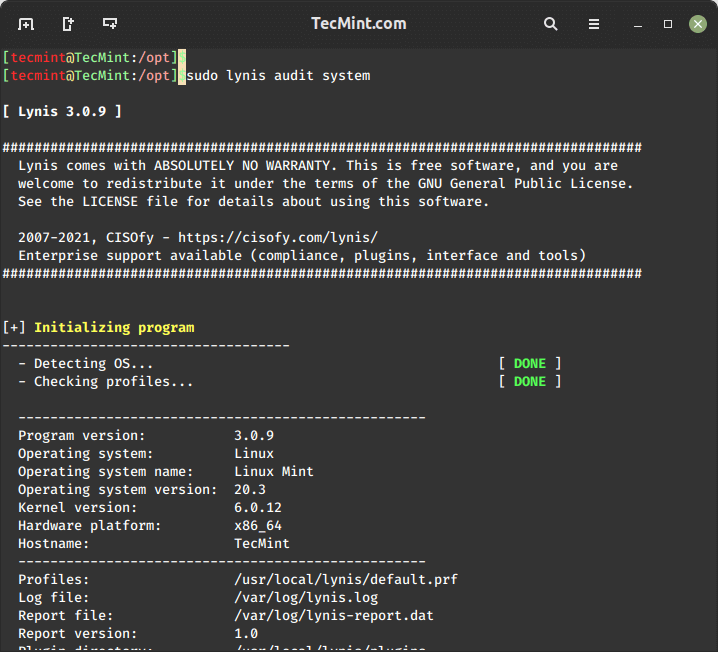How to Configure Postfix Mail Server on Debian
Email remains a vital communication tool for both personal and business domains. Having your own mail server not only gives you control but also enhances the security and privacy of your communications. One of the popular mail servers is Postfix, known for its flexibility, reliability, and ease of configuration. Coupling Postfix with the robust Debian platform creates a dependable email server that can serve various communication needs. This guide aims to navigate you through the process of setting up your own mail server using Postfix on a Debian system.
Pre-Requisites
Before diving into the configuration, ensure the following:
- Update your Debian system to the latest version using the apt package manager.
- Obtain a domain name from a reputable registrar and configure the necessary DNS records.
- Create the required user accounts and groups that will manage the mail server.
Installing Postfix
Kickstart your mail server setup by installing Postfix:
- Update the package list using the command sudo apt update.
- Install Postfix and its dependencies using the command sudo apt install postfix.
- During installation, you’ll be prompted for basic configurations like the mail server type, system mail name, and others. Choose ‘Internet Site’ and input your domain name accordingly.
Configuring Postfix
Now, tweak the Postfix settings to suit your environment:
- The main configuration files are located in /etc/postfix. The main.cf file holds the primary configurations, while master.cf defines the mail services.
- Configure the hostname, domain, and network settings by editing the main.cf file.
- Set up SMTP authentication and encryption to secure email transmission.
Additional Configurations
For a more robust mail server, consider the following configurations:
- Configure mail aliases and virtual domains to handle multiple domains and reroute emails.
- Set up spam filtering and antivirus scanning to protect against malicious emails.
- Configure logging and monitoring to keep an eye on the mail server’s performance and security.
Setting up Dovecot for POP/IMAP
Dovecot will manage the mailboxes and allow email retrieval:
- Install and configure Dovecot using the command sudo apt install dovecot-imapd dovecot-pop3d.
- Enable and configure POP3/IMAP protocols for email retrieval.
- Integrate Dovecot with Postfix to allow seamless email delivery and retrieval.
Testing the Mail Server
Ensure your mail server is functioning as expected:
- Send and receive test emails to verify the configuration.
- Troubleshoot common issues using the mail logs located in /var/log/mail.log.
- Monitor the mail server for any unexpected behavior.
Maintaining and Securing the Mail Server
A well-maintained mail server is a secure mail server:
- Keep your system and Postfix updated with the latest security patches.
- Regularly backup configuration files and mail data to prevent data loss.
- Implement ongoing security practices like using strong passwords, monitoring logs, and reviewing security advisories.
Conclusion
Setting up a mail server with Postfix on Debian is a rewarding project that puts you in control of your email communications. While the basic setup is straightforward, there are numerous advanced configurations and optimizations you can explore to better suit your needs. The journey doesn’t end here; the Postfix and Debian communities provide a wealth of knowledge for those looking to delve deeper into the world of mail servers.

George Whittaker is the editor of Linux Journal, and also a regular contributor. George has been writing about technology for two decades, and has been a Linux user for over 15 years. In his free time he enjoys programming, reading, and gaming.





